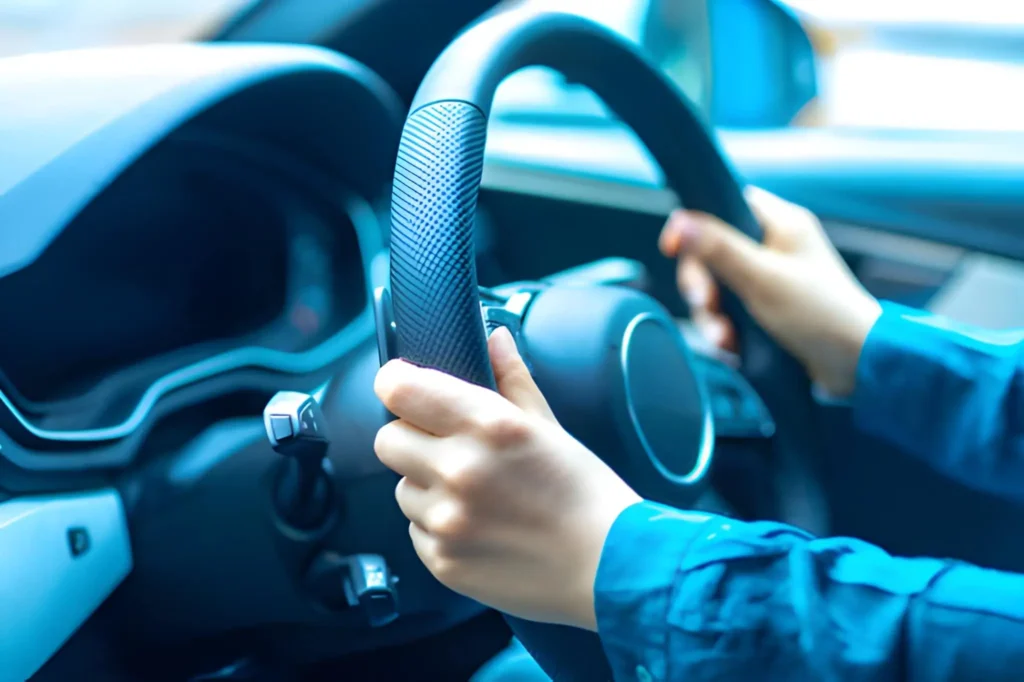Key Takeaways
- Consistently buckle up to protect yourself and others.
- Remove or minimize distractions for better control and awareness.
- Obey posted speed limits and drive safely, considering current road conditions.
- Stay proactive with vehicle maintenance to avoid breakdowns and hazards.
- Monitor weather and traffic updates before you drive.
Every day driving requires more than just knowing how to operate a vehicle—it’s about developing awareness, patience, and responsibility on the road. Safe habits help prevent accidents, reduce stress, and make driving a more pleasant experience for everyone. From maintaining proper speed to minimizing distractions, practicing caution and mindfulness ensures smoother, safer travels, whether you’re commuting to work or running daily errands.
Improving driving behavior also results from ongoing learning and self-awareness. Participating in programs such as Ottawa driving school lessons can reinforce essential road safety principles and help drivers refine their judgment and reaction time. These lessons often emphasize defensive driving, hazard anticipation, and courtesy on the road—skills that benefit both new and experienced drivers. Prioritizing education and focusing on the road creates safer roads for all.
Always Wear Your Seat Belt
Buckling your seat belt is one of the easiest and most effective steps you can take to safeguard yourself while driving. Seat belts reduce the risk of death for front seat occupants by 45% and cut the risk of serious injury by 50%. Make it a habit to check that everyone in your vehicle is buckled adequately before setting off—it’s a simple action that saves thousands of lives each year.
Minimize Distractions
Distractions behind the wheel significantly increase the dangers of driving. From checking smartphones to eating or fiddling with the radio, even split-second lapses in concentration can cause serious accidents. In recent years, distracted driving has killed over 3,300 people in the U.S. alone. To keep your attention focused on the road, silence your phone, set your navigation and music before starting, and save meals for after your trip. Staying present behind the wheel prevents costly mistakes and allows for quicker reactions to changing road conditions.
Adhere to Speed Limits
Speeding is a major factor in accident severity and is responsible for more than a quarter of all traffic fatalities each year. Adhering to posted speed limits—and slowing down for weather or traffic conditions—gives you more time to react to hazards and keeps your vehicle under control. Managing your speed is not only about safety; it’s also an effective way to reduce fuel consumption and vehicle wear, which cuts costs over time. Respecting speed limits demonstrates consideration for all drivers and pedestrians sharing the road.
Regular Vehicle Maintenance
Routine maintenance checks are essential for both the safety and longevity of your vehicle. Neglected maintenance can turn minor issues into dangerous breakdowns. Make it a priority to regularly inspect your brakes, tires, lights, and signals, and keep an eye on fluid levels, including oil, coolant, and brake fluid. Not only will this help you avoid sudden failures, but it also contributes to a smoother and more efficient drive. A well-maintained vehicle is less likely to be involved in accidents due to mechanical failure, making routine checks indispensable for all drivers.
Stay Informed About Road Conditions
Planning based on current road and weather conditions can be the difference between a smooth drive and a hazardous one. Before leaving, check local weather and traffic reports. Adjust your schedule, routes, and driving techniques to accommodate rain, snow, or traffic congestion. This preparation not only enhances safety but also helps save time by avoiding delays and detours. Being informed means being prepared—and that protects everyone on the road.
Practice Defensive Driving
Defensive driving involves staying alert and prepared for unexpected events. Essential methods include maintaining a safe distance from other vehicles, frequently checking mirrors, and predicting the actions of drivers, cyclists, and pedestrians. Always yield the right of way when needed and avoid assuming that others will strictly follow traffic laws. Remaining calm and vigilant helps prevent collisions and dangerous situations before they happen.
Avoid Impaired Driving
Driving while intoxicated from alcohol or drugs significantly slows reaction times and hampers judgment, endangering lives. Whenever substances are involved, always plan ahead by designating a sober driver, calling a taxi, or using a ride-hailing service. Do not take the risk—impaired driving is illegal and highly dangerous, with potential lifelong consequences. Education and public safety campaigns emphasize that, above all, saving lives takes precedence over convenience.
Educate and Encourage Others
Fostering a safe driving culture goes beyond personal habits. Discuss road safety with family and friends, encouraging them to adopt good practices. Sharing resources, tips, and local courses boosts community awareness. When everyone participates, safe driving becomes a shared duty and community value. Incorporating safe habits into your routine not only protects loved ones but also influences the broader community. Remember, road safety is collective—each careful decision behind the wheel helps create a safer future for all.
Building Safer Roads Together
Safe driving is an ongoing commitment that extends beyond individual responsibility. By staying alert, maintaining your vehicle, and making informed choices, every driver plays a role in preventing accidents and protecting lives. When communities collectively prioritize road safety, the result is a more mindful, respectful, and secure driving environment for everyone.
Also Read-Tech Console DefStartup: Empowering Gaming Innovation


